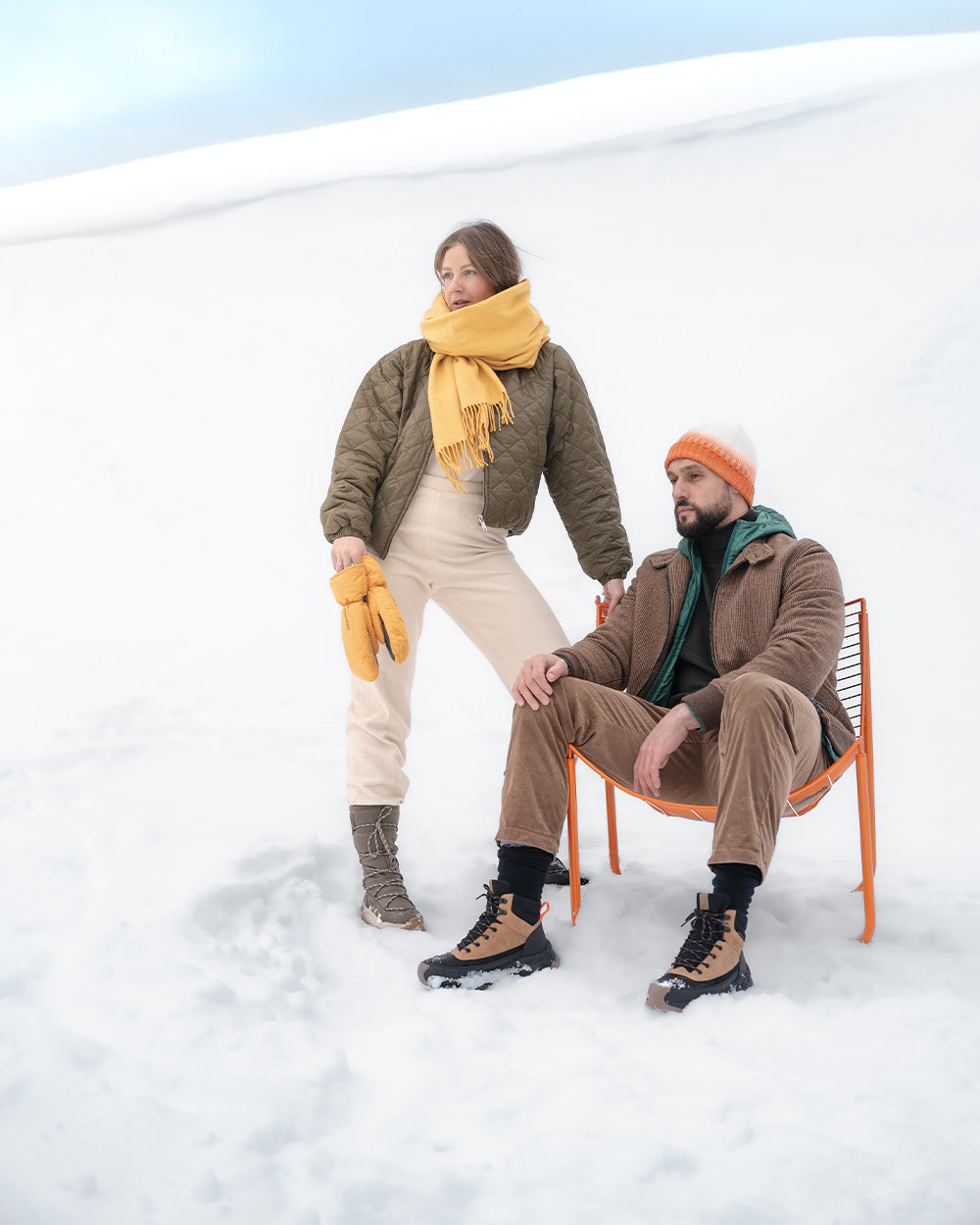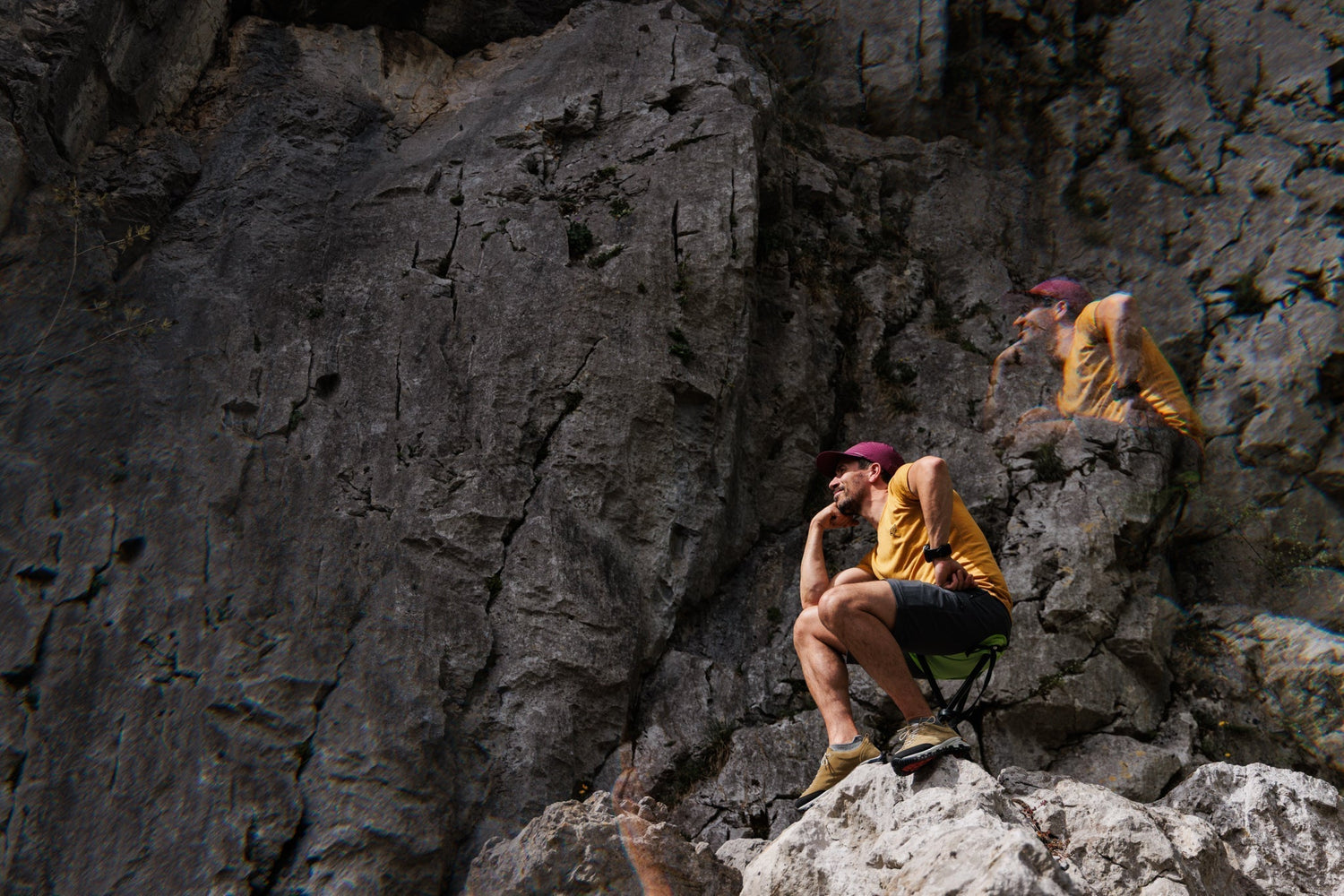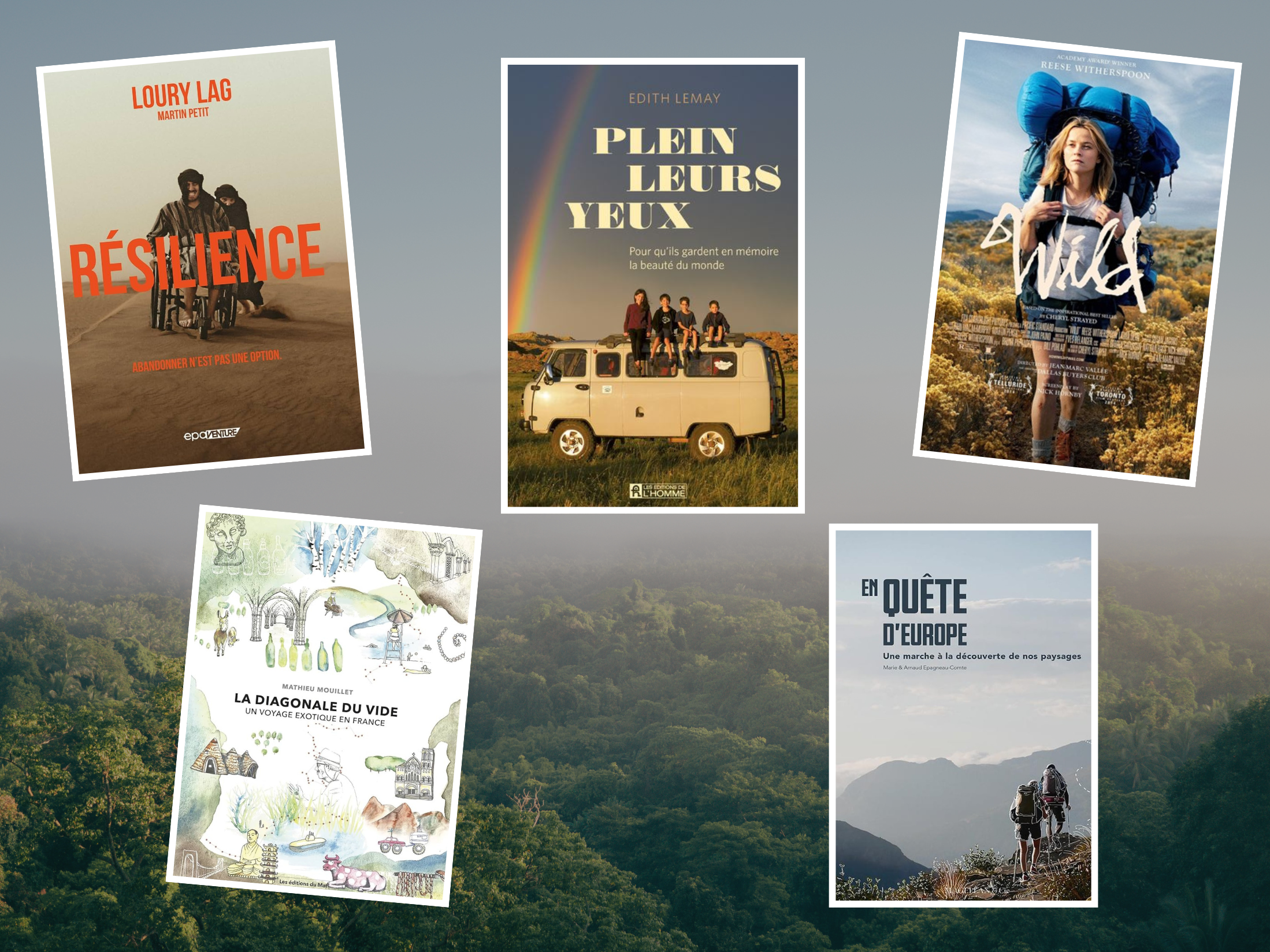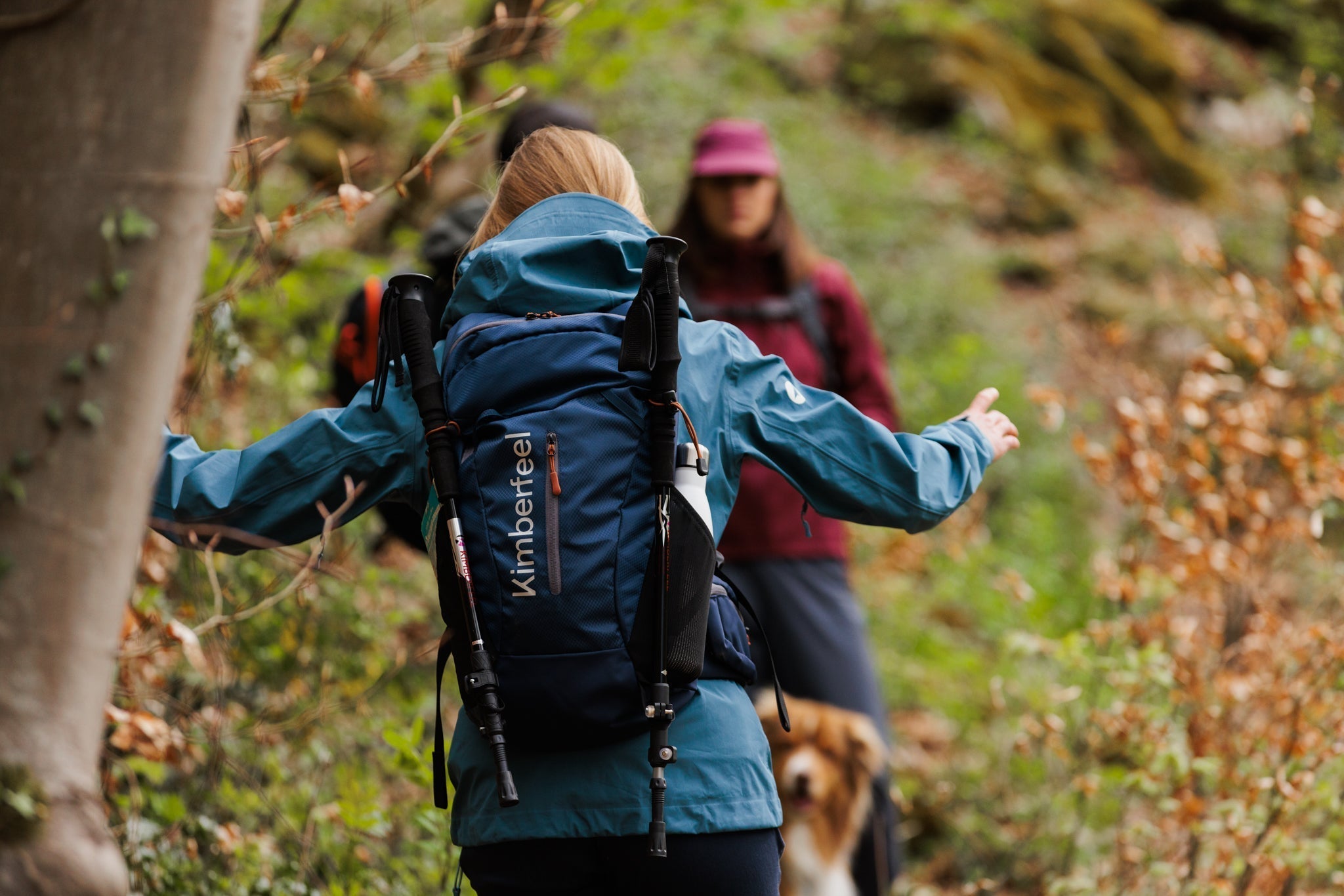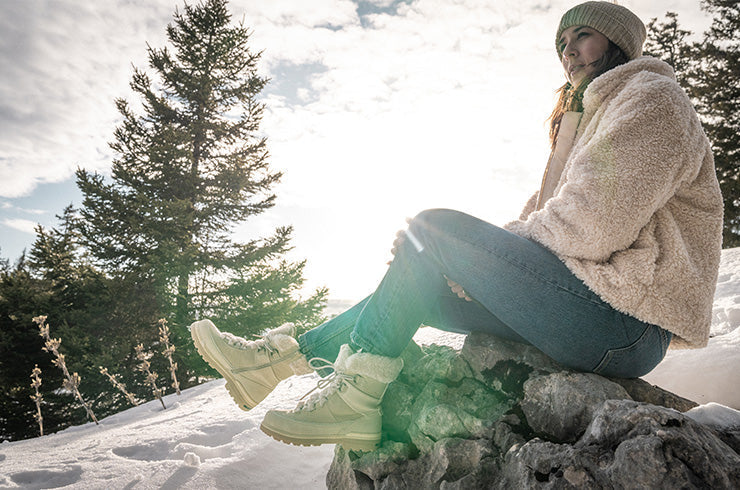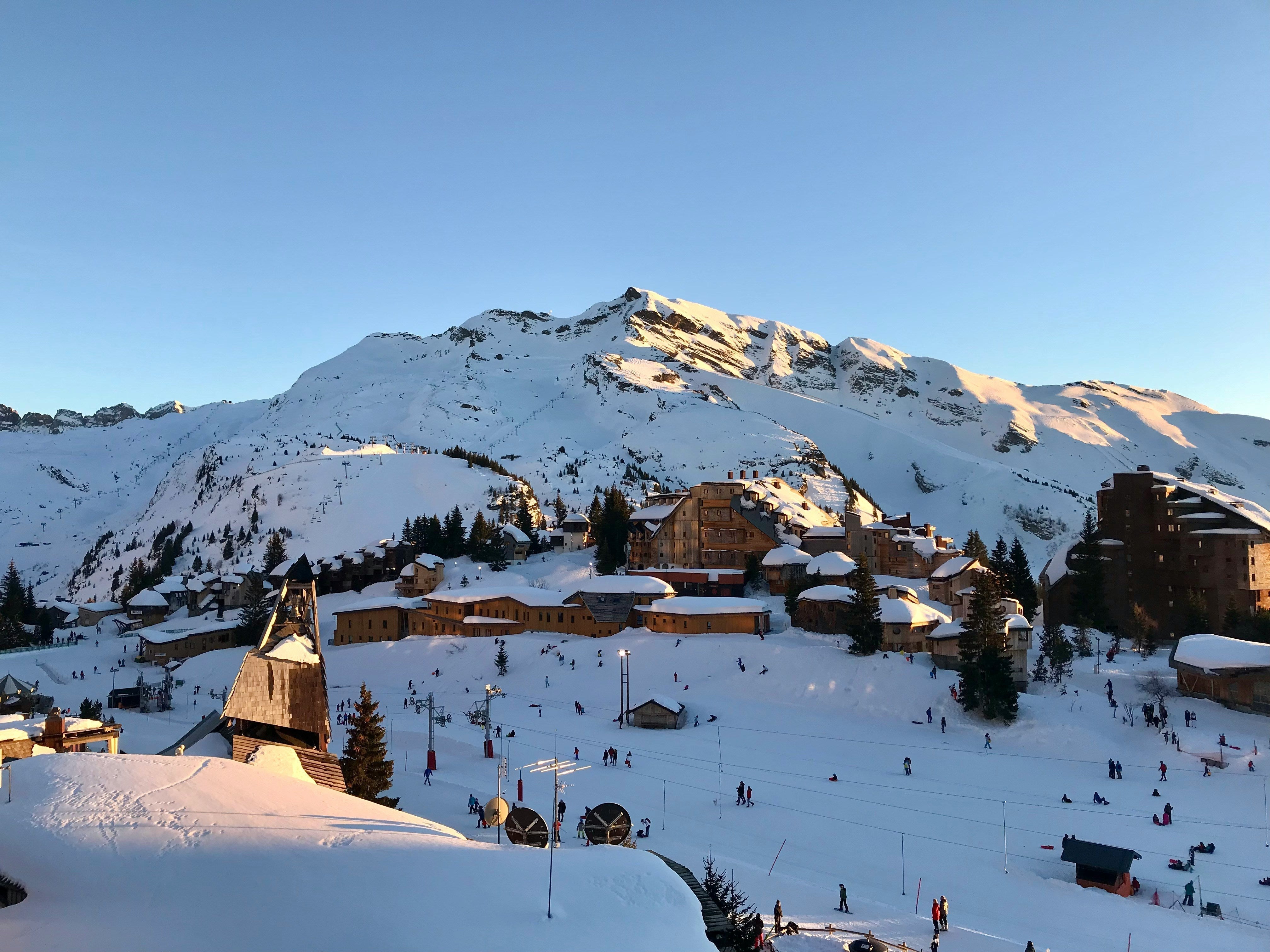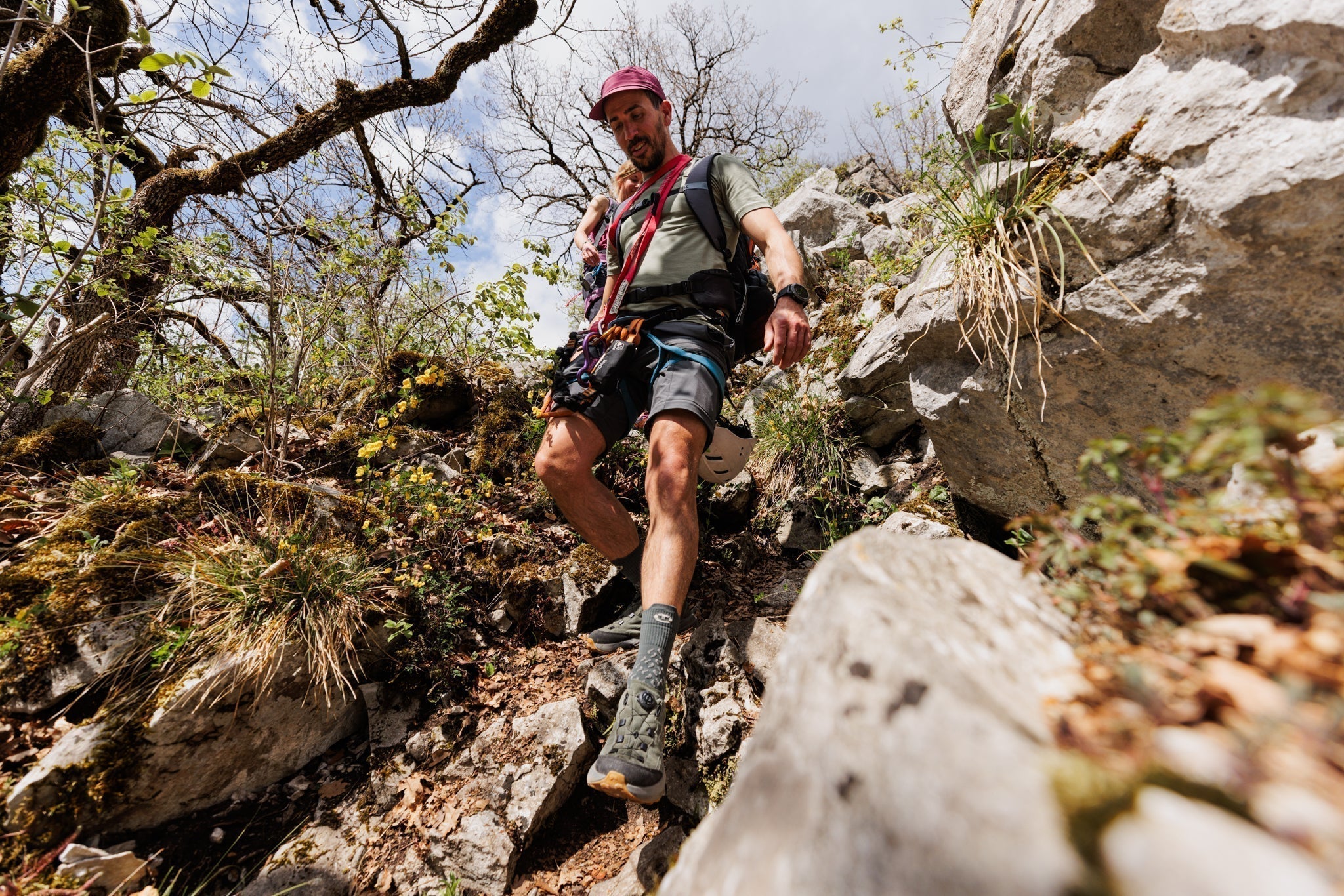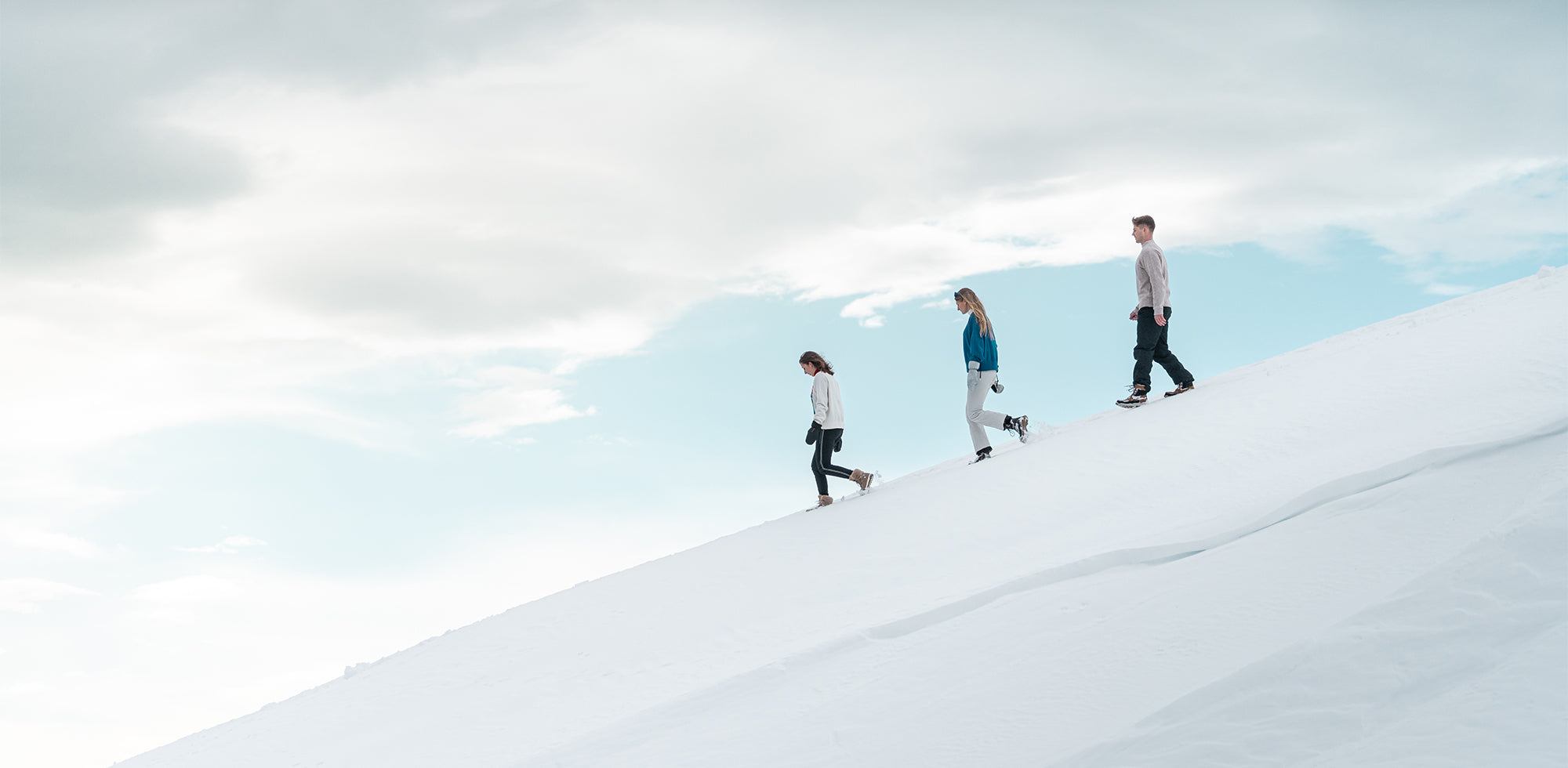Mental overload, timed journeys, sightseeing at a fast pace... why not take it easy on your next vacation?
Slow tourism is increasingly appealing to those who want to slow down, consume differently and give meaning to their travels.
By 2023, 7 out of 10 French people were already considering more responsible, nature-focused, and less rushed vacations. And this figure is only expected to increase.
It's no surprise: the health crisis, the cost of transport and climate issues have called into question the way we travel.
In this article, we offer you 5 ways to practice slow tourism, ideas for destinations in France and Europe , and our advice for getting off to a good start.
What is slow tourism?
Slow tourism is the idea of traveling differently. Slower, closer, but with more attention. We're not looking to string together "must-see" sights, but to truly discover a place. To walk, to taste, to observe, to talk. In short, to take our time.
It's also a more sober choice: we consume less, we favor what is local, we reduce our impact.
The origins and evolution of the “slow tourism” trend
Slow tourism originated from the slow food movement, which emerged in Italy in the 1980s as a reaction to fast food and the standardization of tastes. Slow tourism gradually spread to other areas: slow cities, slow fashion, slow life, and, of course, slow travel.
At first, it was marginal. Today, it's a real underlying trend, driven by a desire to disconnect, enjoy nature, and experience authenticity. And with the health crisis, many have rediscovered nearby areas, accessible without a plane, sometimes even on foot.
Slow tourism marks a change in the way we look at our way of traveling.
What is the difference with sustainable tourism or eco-tourism?
Slow tourism often overlaps with sustainable tourism or ecotourism. But there are some nuances.
➜ Eco-tourism is an environmentally-focused approach: we go to natural areas, limiting our impact, with a strong educational dimension.
➜ Sustainable tourism encompasses all the social, economic, and environmental impacts of travel. It aims for a balance between pleasure, responsibility, and respect for places and people.
Slow tourism, for its part, doesn't just raise the question of impact. It also speaks of pace. We're not just looking to be responsible, but to travel differently: less rushed, less connected, less "efficient."

5 ways to practice slow tourism this summer
01. Hiking for several days (GR, treks, micro-adventures)
Walking for several days in a row is one of the most tangible ways to slow down. Over several days, the body finds its rhythm, the mind calms down , and the landscapes pass by in a different way.
No need to travel to the ends of the earth: the GR (Greater Long Distance Hiking Trails) in France offer varied and accessible routes. You can set off with your tent, sleep in a mountain hut, or try a "light bag" option with accommodation at each stop.
02. Travel off-season
Leaving when everyone else returns is one of the best choices for a smoother experience.
Fewer people on the trails, more time to chat with locals, often lower prices...
And on the nature side, the late season often has richer colors, calmer light, and a more tranquil rhythm.
03. Sleep in simple, local accommodation
Slow tourism isn't about comfort at all costs. It's about consistent choices.
Sleeping in a cabin, a farm, a guest room... means supporting the local economy, breaking away from uniformity and making enriching encounters.
No infinity pool, but stories, landscapes, and often, a good local cheese!
04. Favor soft mobility (train, bicycle, walking)
Slow dancing often begins right from the train ride. Taking the train is already a different tempo.
Cycling allows you to explore on a human scale, to take breaks when you want, to smell the scents.
And walking remains the simplest (and most reliable) tool for exploring a territory.
05. Anchor yourself in a region rather than “see everything”
You don't need to visit every trendy spot in a region to get to know it. Quite the opposite.
Choosing a base, exploring the surrounding area, staying in the same place for a few days... it changes everything.
We go to the local market, we spot the trails, we return twice to the same bistro, we observe how the light changes on the mountain opposite.
Where to go? Ideas for slow destinations in France and Europe
There's no need to go far to slow down. In France, as elsewhere in Europe, there are perfect places to take your time, walk, observe, and breathe. Here are some ideas for destinations where slow tourism really comes into its own.
Slow Tourism: Our Favorite Destinations in France
Mercantour National Park
Between wild valleys, high-altitude lakes, and hilltop villages, it's an ideal playground for hiking enthusiasts. Uncrowded, well-preserved, with breathtaking panoramas from the first few kilometers on foot.
The Jura
Deep forests, waterfalls, peaceful lakes, and a true local culture. Here, you can walk for hours without seeing a soul, taste cheeses at a farm, or sleep in an old cheese dairy.
The Vosges
Gentle peaks, accessible ridges, family refuges: the Hautes Vosges are perfect for a first approach to slow tourism, especially with family or at the end of summer.
The Catalan Pyrenees
Less well-known than the central part, they nevertheless offer sublime landscapes, characterful villages and unspoiled nature. Ideal for alternating walks, swimming and hammock naps.
Slow Tourism: Our Favorite Destinations in Europe
The Italian Alps
From the Dolomites to Val Maira, Italy's mountain side has a lot to offer: wild trails, warm welcome, small refuges accessible on foot and cuisine that comforts after the effort.
The Wild Regions of Austria
Far from the posh resorts, Austria is full of hidden valleys where time seems to stand still. East Tyrol and Salzkammergut, for example, blend nature, lakes, and local culture at a leisurely pace.
Slovenian mountains
Less touristy, very affordable, and blessed with spectacular nature. Triglav National Park is perfect for hikers who want the great outdoors without the crowds. And Slovenians have a true outdoor culture, simple and respectful.
We'll help you on your next adventure!
Walking for several days, trudging in the rain, changing terrain three times in the same day... Your shoes had better keep up.
At Kimberfeel, we develop models that will accompany you far, long and lasting, whatever your playing field!
Discover our hiking collection now
✔ Soles designed for good grip, even on wet or uneven terrain
✔ Waterproof models, practical when the weather changes or the grass is long
✔ Reliable support, designed for long walks, carrying a backpack, or uneven terrain
✔ Breathable linings for added comfort when temperatures rise
✔ Good cushioning to protect your joints over long distances
So if you're planning your next hikes, whether small or large, we're here to help you.
Choose your way.

